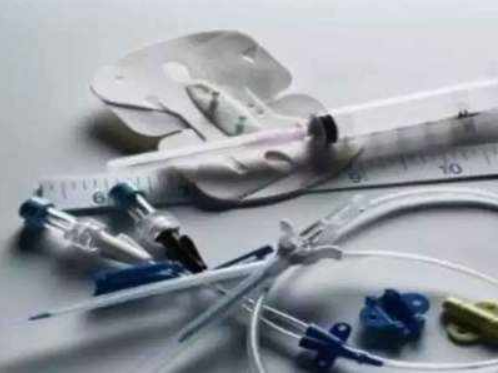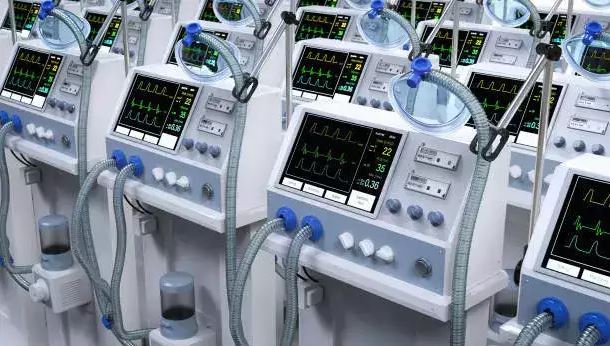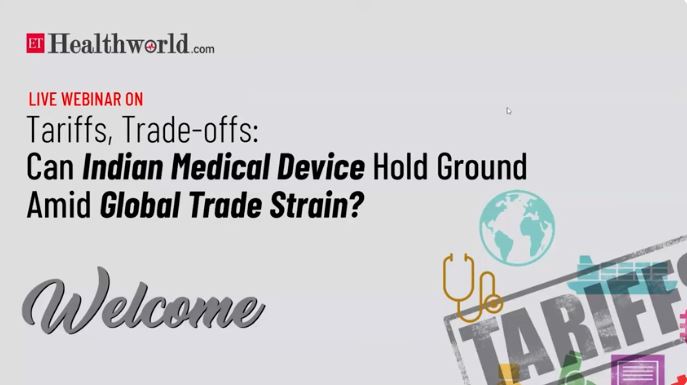With the value of Indian MedTech Industry expected to reach 9.5 billion dollars in the next 4 years from the current value of 6.3 billion dollars, the MedTech industry has been recognized as a sunrise sector.
2018 has been a mixed year for the Medical Device Industry, with moments of relief, satisfaction and pride at the milestones that were achieved by the collaborative efforts of government and the MedTech industry.
With the value of Indian MedTech Industry expected to reach 9.5 billion dollars in the next 4 years from the current value of 6.3 billion dollars, the MedTech industry has been recognized as a sunrise sector. The introduction of policy initiatives like implementation of Medical Device Rules 2017 and acknowledgement of Industry recommendation for Trade Margin Rationalization (TMR) to be accepted as the way for controlling high MRP has encouraged the Medical Device Industry.
Our expectations for 2019- High custom duties on medical devices need to be reduced. The high custom duties have adversely impacted the costs for these products in India which contradicts the government’s efforts to provide low cost healthcare available to masses through PMJAY.
Additionally, since the custom duty regime on most of the medical devices in many neighbouring countries is lower than in India, the difference in duties created could lead to the smuggling of the low-bulk-high-value devices. The result will not only be loss of revenue for the government but also the patient will be beset with products which are not backed by adequate legal and service guarantees. We seek reduction of custom duties (at the minimum to bring down between 2% – 2.5% including all surcharges).
Trade Margin Rationalization– The industry recommendation of TMR as a policy to control high MRP was acknowledged by the government. We look forward to the adaption of TMR from the first point of sale i.e stockist as recommended by the “Report Of The Committee Of High Trade Margins in Sale of Drugs, 2016” a report created by the learned officials of Department of Pharmaceuticals/ NPPA in 2016. The undiluted implementation of this report could usher in affordability of Medical Devices and market access, by curbing the unusual Trade Margins enjoyed presently by down-stream channel partners, mainly hospitals and preservation of the eco-system for skill building of health care professionals and also maintain the continuity of innovative technologies in the Indian Market by global companies.
Price ceiling – The dual effect of weakening of currency and inflationary trends has made it increasingly difficult to sustain the supply of medical devices in the present situation. We feel that some leeway should be provided to medical devices manufacturers to increase the prices to maintain reasonable margins.
Public Procurement Order– The minimum local content requirement for different categories of medical devices as per Public Procurement guidelines is not reflective of the ground reality of capacity of production. We hope that our request to carry out an assessment involving a third-party agency to accurately ascertain the current capacity is accepted, as presently very few/no medical device companies will be able to match the local content for that category of Medical device.
Medical Device Standards– The PPO guidelines were further amended to make BIS certification mandatory and directed the procurement agencies to not mandate USFDA/CE certification wherever BIS standards are available.
Product and Process Standards as mandated by a National Standards Body (Like BIS) should not be equated with a Regulatory Approval granted by the Established National Regulatory Authorities of countries such as India, USA, European Union, Canada, Japan or Australia. Mere compliance of medical devices to Product and Process Standards will severely compromise a comprehensive review and scrutiny of the safety and performance parameters of a medical device. This will impact patient outcomes and safety.
Additionally many BIS standards are old and not in line with the latest technology and innovation in Medical technology. Making BIS mandatory will affect the manufacturers as targeting global markets will require them to qualify for internationally harmonized standards and get certifications accordingly. This will be a duplication of effort and lead to increased costs. We therefore look forward to USFDA/CE certification being accepted for Procurement Processes.
The author is the Chairman and Director General of MTaI.




